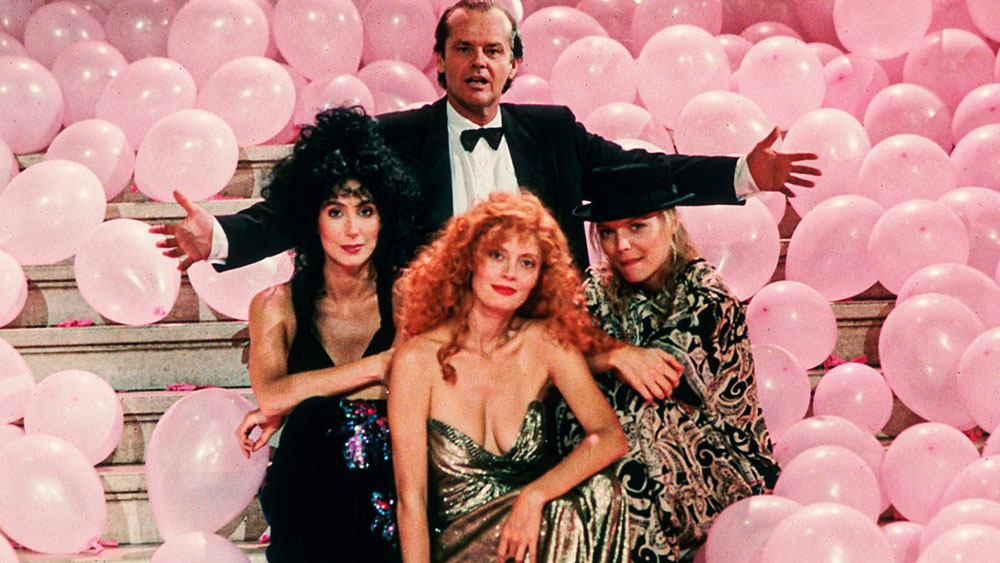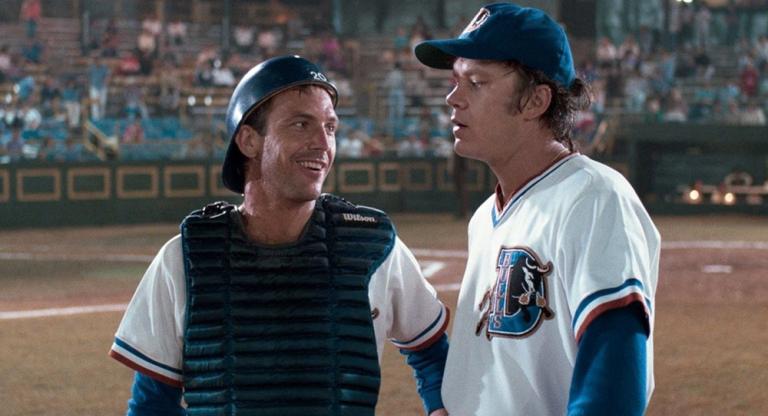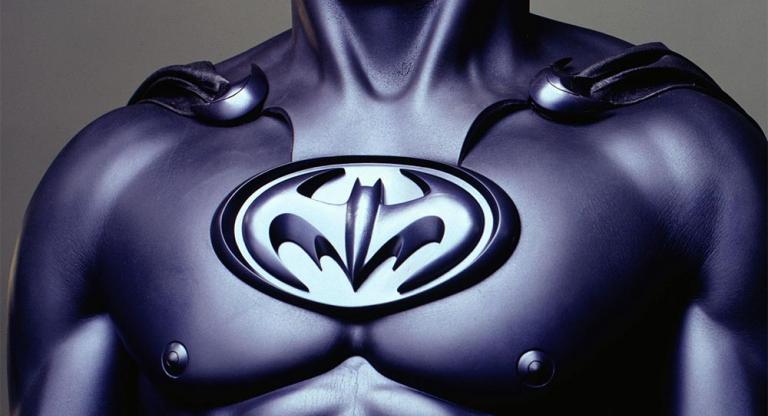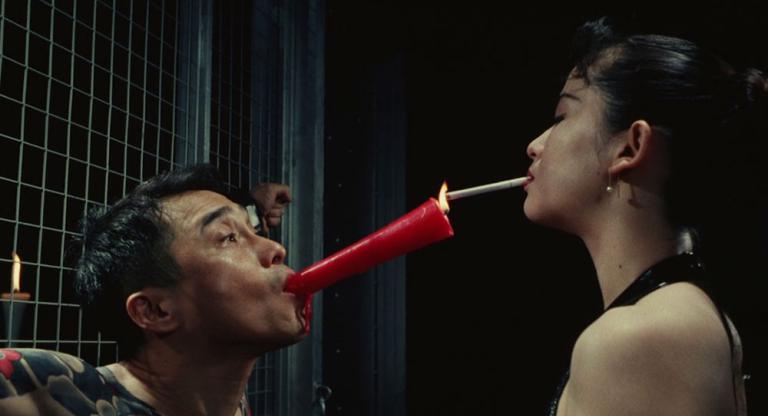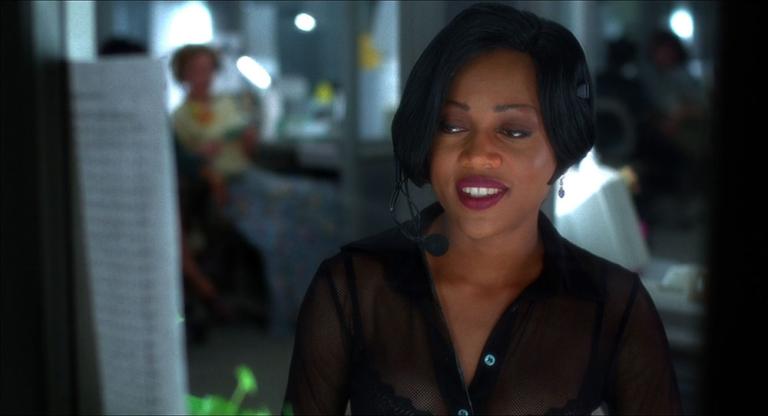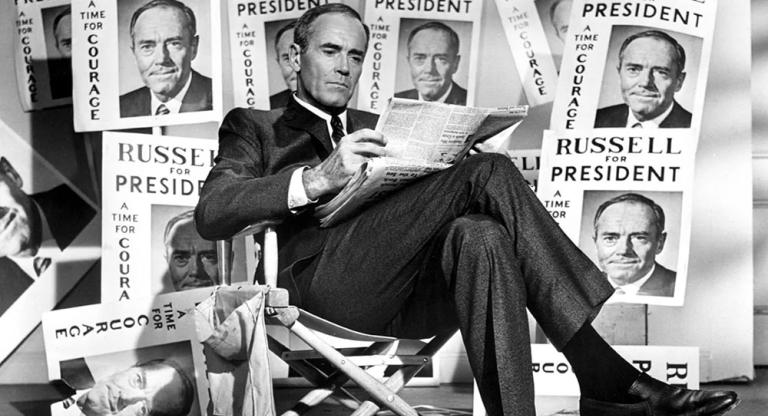In a four-quadrant diagram of George Miller’s batshit oeuvre, The Witches of Eastwick (1987) would sit dead center. Effects-heavy, broadly feminist, cartoonish, gravity-defying, and disturbing, Miller’s followup to Mad Max Beyond Thunderdome (1985) was not only his first feature foray outside of his signature franchise, but also his first Hollywood production. The transition to bulldozing producers and star ensembles proved unsurprisingly messy for the man who built what’s now called a “cinematic universe” out of scrap metal and leather, thousands of miles from Los Angeles, but the result is a feast of playful sight gags and the undiluted charisma of Jack Nicholson.
Miller and screenwriter Michael Cristofer streamline the plot and brighten the gloom of John Updike’s satirical source novel while amplifying its magical realism. Single best pals Susan Sarandon (divorced), Cher (widowed), and Michelle Pfeiffer (abandoned), live in a small New England town where little happens outside of church services and picnics. During a weekly wine night, the three realize an ability to manifest events when their thoughts synchronize. The witches don’t realize the extent of their abilities, however, when tipsily listing the qualities of their ideal man. Into town rolls Jack Nicholson, a flashy gentleman of seemingly unlimited means. He causes a local stir when he buys a historic property and seduces all three women. To Sarandon’s music teacher he is an aficionado who laments the lack of passion in her playing while extolling her technical genius. He tells Pfeiffer that her writing gifts are wasted at the local newspaper, and that being the single mother of six is, in fact, very sexy. He buys up all of Cher’s ceramics from a local dealer and encourages her to “get bigger” than the hand-sized fertility goddesses she’s been sculpting. To all three he disparages the insensitive and myopic men who’ve failed to recognize their heroic femininity. He is the embodiment of their desires, or is possibly the devil himself, but maybe those are two ways of saying the same thing in small-town USA.
The first two-thirds of the film make a meal out of the dangers of libidinous women unleashed. The trio’s repartee is frank—“I couldn’t walk for two days,” Cher says about bedding Nicholson, while Sarandon claims her ex-husband’s endowment was so big she “couldn’t face it”—but it’s clear that all of this sexual release may come at a Faustian cost. Uncertainty about how Miller and co. will ultimately punish, reward, or otherwise judge the witches for their insult to patriarchal decency produces a layer of extratextual tension.
The witches collectively own most of the screentime, but there’s only one name above the title: “Jack Nicholson.” Here he’s Willy Wonka for lusty straight women. Hammy Jack rarely, maybe never, went bigger. Miller toys with his star’s omnipotent charm, dressing him in garish playboy ensembles as he flashes his irresistible pinched-edge smile. Somehow the director manages to celebrate female empowerment while shamelessly basking in the heat of Hollywood’s great seducer.
The Witches of Eastwick screens tonight, August 26, at Anthology Film Archives on 35mm as part of their George Miller retrospective.
